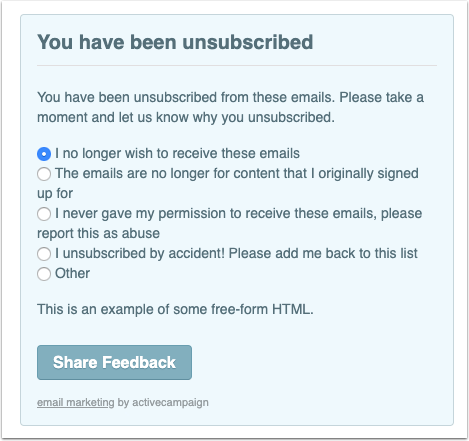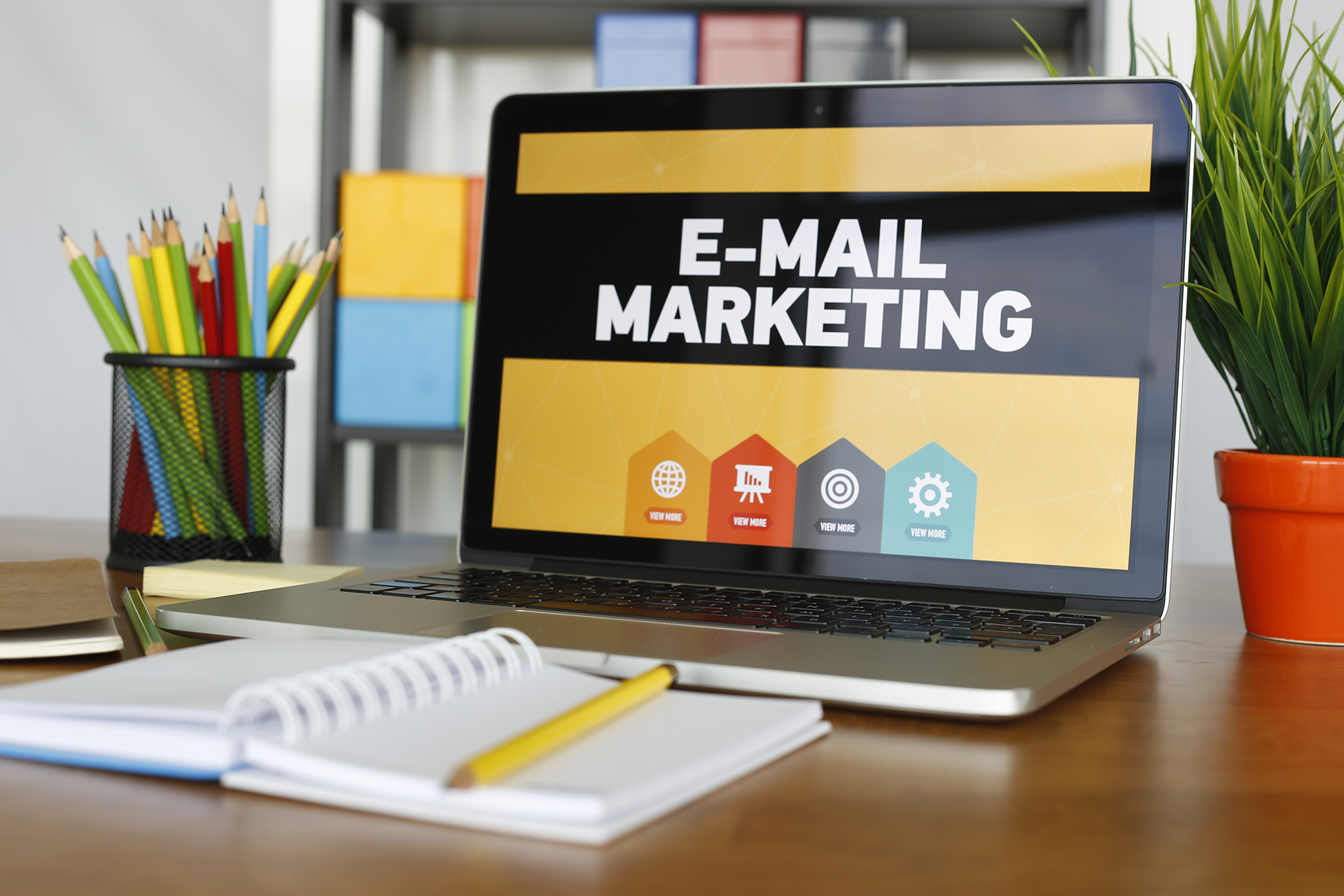How to Understand Your Email Marketing Campaign Report
In today’s digital landscape where trends come and go, one marketing strategy has stood the test of time and remains a cornerstone for businesses of all sizes: email marketing. Even with the advent of social media and SEO, email continues to be a valuable tool for connecting with audiences, nurturing leads and driving conversions.
However, like with all things in business, successful email marketing takes a well-thought-out strategy. One important part of that strategy is understanding the results of your campaign and continuously refining your approach. Reading your campaign report can be confusing, but with some knowledge of what different metrics mean, you can glean the insight you need to make informed decisions that continue to improve your campaign effectiveness.
Why should companies use email marketing?
Email is one of the most effective ways to reach and engage with your audience. More than half the world’s population (over 4.2 billion) are active email users. By the end of 2026, that figure is projected to exceed 4.7 billion, resulting in huge potential reach through email.
Some companies wonder why they should do email marketing if they’re on social media. While social media is an important tool for your marketing, it’s important to realize its limits. After all, social media platforms are businesses and they own your followers—not you. If your account gets locked or closed for any reason, you will lose access to all of the followers you worked so hard to attract. Additionally, social media platforms have ever-changing algorithms that dictate your post visibility. On the other hand, you own your email list, which gives you direct access to your audience and allows you to deliver targeted messages tailored to their interests and behaviors.
This makes email a valuable asset for businesses across industries, enabling them to achieve their marketing objectives.

Understanding your email marketing reports
While some companies worry about “bugging” people on email or getting lost in inboxes or junk folders, a good email marketing strategy will inform and excite your audience to increase opens and play by the rules to avoid spam. Your campaign reports are indicative of reader behavior and provide important data to let you know if you’re resonating with readers, or if you need to rethink your approach.
Key email marketing metrics
No matter what platform you’re using, here are some important metrics to know to properly analyze your email reports.
- Open rate: The open rate is the most fundamental metric in email marketing. It measures the percentage of recipients who opened your email out of the total number of deliveries.
- Click-through-rate (CTR): The CTR measures the percentage of recipients who clicked on a link or call-to-action (CTA) within your email.
- Delivery rate: This indicates the percentage of sent emails that were successfully delivered to contacts’ inboxes.
- Bounce rate: On the other hand, bounce rate indicates the percentage of emails that were not delivered to inboxes.
- Unsubscribe rate: The unsubscribe rate measures the percentage of recipients who opted out of getting further emails from your list.
Drawing insight
It’s important to review your email marketing reports to assess effectiveness and determine how to increase success. The actions you take will depend on which metric you’re looking to improve.
For example, email bounces may be due to various reasons, such as invalid email addresses or technical issues. High bounce rates can negatively impact future deliverability as well as your reputation, so it’s paramount to regularly update and maintain your email list(s) to remove inactive addresses. Monitor and address technical issues promptly to minimize email delivery problems. Double opt-in processes can also help verify subscriber information and reduce bounce rates.
While some level of unsubscribes is inevitable—especially with your first send to a new list—but consistently high unsubscribe rates may mean that you don’t have the right email frequency, content or audience. Remember to respect subscriber preferences and provide easily accessible unsubscribe options. You can even solicit feedback during the unsubscribe process in a quick form to identify areas for improvement.

Source: ActiveCampaign
Most people open emails based on subject lines alone. A high open rate indicates that your subject lines and preview text are capturing attention. If it’s low, consider crafting more engaging subject lines that spark curiosity or offer value to better resonate with your audience. For example, including a video can also be a great way to increase your open rates (by 19%). Just including the word “video” in a subject line can increase open rates by 6%.
Segment your email lists, know your recipient based on their location in the purchasing funnel, give them what they want and pitch it in the subject line. Also, make the subject line actionable by using verbs to create a sense of urgency. For example, instead of a subject line that reads, "Free Residential Solar Consultation," try "Contact Our Experts for a Free Residential Solar Consultation." The subject line should spell out what specifically the viewer will get should they click the link.
A high CTR indicates that your email content is relevant and persuasive enough to prompt action. If it’s low, you may consider using clearer and more enticing CTAs that stand out. Again, segment your audience and tailor content to their interests and preferences. For example, including video thumbnails on a topic relevant to your audience can increase click-through rates by 65%.
Beyond CTR, one other important metric that may be in your email marketing report or elsewhere in your CRM is conversion rate, which tracks the percentage of recipients who completed a desired action, such as making a purchase or filling out a form after clicking on a link in your email. When you track links to determine the conversion rate, you can gauge the effectiveness of your email marketing campaign. A low conversion rate may indicate that you need to align email content and landing pages better or offer greater incentives or exclusive promotions to encourage conversions.
One important but sometimes ignored aspect to successful email marketing is optimizing your email design for mobile. If your email is hard to navigate on your reader’s phone, they’ll become frustrated and just hit delete.
Remember that email marketing is an ongoing strategy and requires continuous review and A/B testing of email frequency, timing and messaging to ensure you’re aligning your message with subscriber expectations.
Do you need help with your email marketing strategy?





